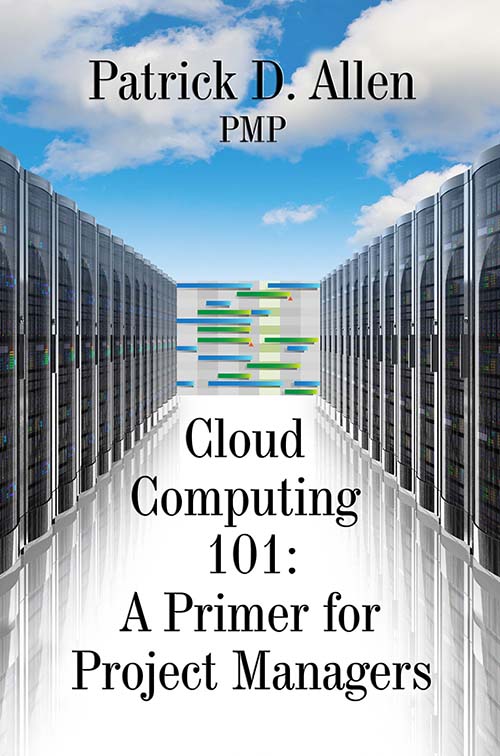
|
Chapter Excerpts The following information is excerpted from Chapter 1 of Cloud Computing 101. Click HERE for an additional excerpt. Cloud computing is here to stay. Commercial, government and academic realms are all achieving specific benefits in a range of projects, such as health care, business processes, managed services, fraud detection, marketing and societal studies. Individuals also benefit from large-scale storage accessible from anywhere, improved entertainment selection and delivery, and greater convenience (though sometimes at the expense of substantially reduced privacy). Because of the rapidly expanding list of fields in which cloud computing is making inroads, many more projects will be involved in cloud computing in some way. This means that Project Managers will become involved in cloud computing more frequently, whether they want to be or not. It is therefore important for PMs to become familiar with the basic concepts and terminology of cloud computing so that they can effectively operate in the modern world. Cloud computing is revolutionary, with new concepts that are substantially different from legacy computing and database structures. As a result, these new concepts or mental models must be understood by those who plan to be using cloud computing.
Why Clouds Are Important to PMsBecause cloud computing is here to stay, PMs are increasingly likely to encounter situations in which cloud computing will have an impact on their project -- whether they want it to or not. As cloud computing becomes more commonly used in commercial, academic, government and military systems, PMs will need to be aware of the strengths and limitation of clouds and their appropriateness or inappropriateness for specific projects. Often, a PM may not have a choice as to whether to use a cloud in a project, especially if a boss, customer, or sponsor states "You will use cloud computing on this project!" If you ask why, you may hear, "Because everyone else is using them!" So while you as the PM may not be able to decide whether using a cloud is appropriate for a project, you should at least be able to influence which type of cloud to use and how to use it. When clouds are being discussed, PMs need to make sure everyone understands which type of cloud is being considered. There are currently three basic types of clouds, each with specific capabilities and limitations. Some of these clouds also provide different "service models," which define which types of cloud services are provided to different users. In addition, there are four "deployment models" for clouds. A deployment model is a way to deploy a cloud or combination of clouds, which will be described later. Each cloud service model and deployment model has its own advantages and disadvantages. With so many types of clouds, cloud service models, and cloud deployment models, it is critical for a PM to be able to correctly distinguish between each. Otherwise, confusion will result among team members, customers and service providers, which can lead to expectations not being met. Unmet expectations are bad for business. If the PM can distinguish between the different types of clouds, service models, deployment models, and their relative strengths and limitations, the PM will be able to:
To achieve these benefits, the PM will need to:
This book is intended to provide PMs with these four skills, as well as to help them understand:
The book also provides:
This book introduces these concepts to the PM and provides many examples. It also provides an easy reference for PMs not only for definitions, but also for the questions PMs need to ask, and how the various elements of cloud computing map to the PMBOK® Guide. In addition, the appendices are designed for someone who wants to prepare cloud class materials for others, as well as provide a basic knowledge check for the reader.
No PrerequisitesThis book was written for the non-technical reader. It does not require the reader to have technical skills or extensive project management experience. You do not need to know how to program or design networks to understand the new mental models of cloud computing.Hopefully this book will help to dispel some of the mystery and hype associated with cloud computing and give many readers that "Aha!" moment. Excerpted from Cloud Computing 101. Click HERE for an additional excerpt.
|

Table of Contents
|
|
|
All materials on this site are the property of the author and may not be reprinted without the author's written permission, unless otherwise indicated. For more information please contact Patrick Allen Please read our Privacy Statement. | |||